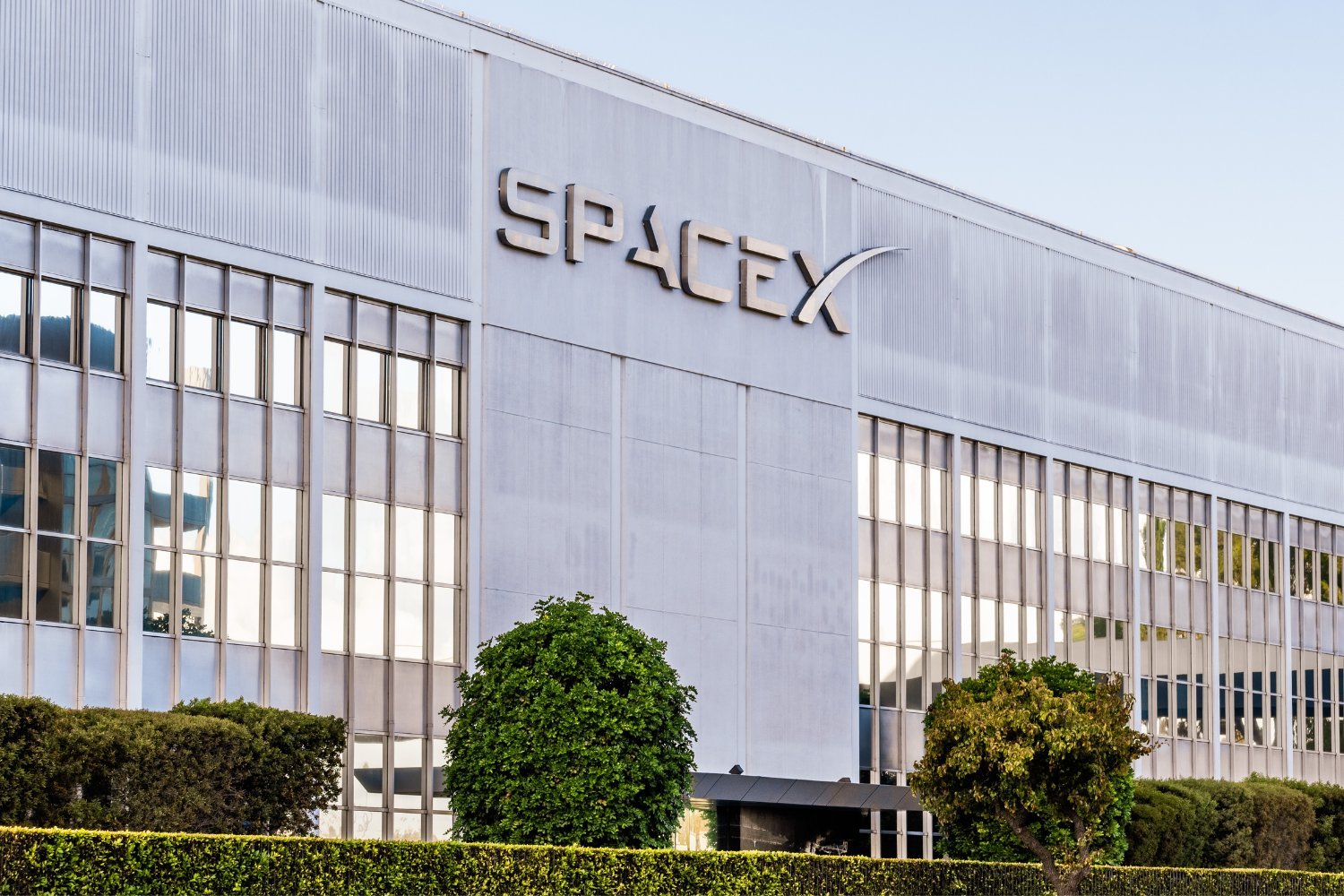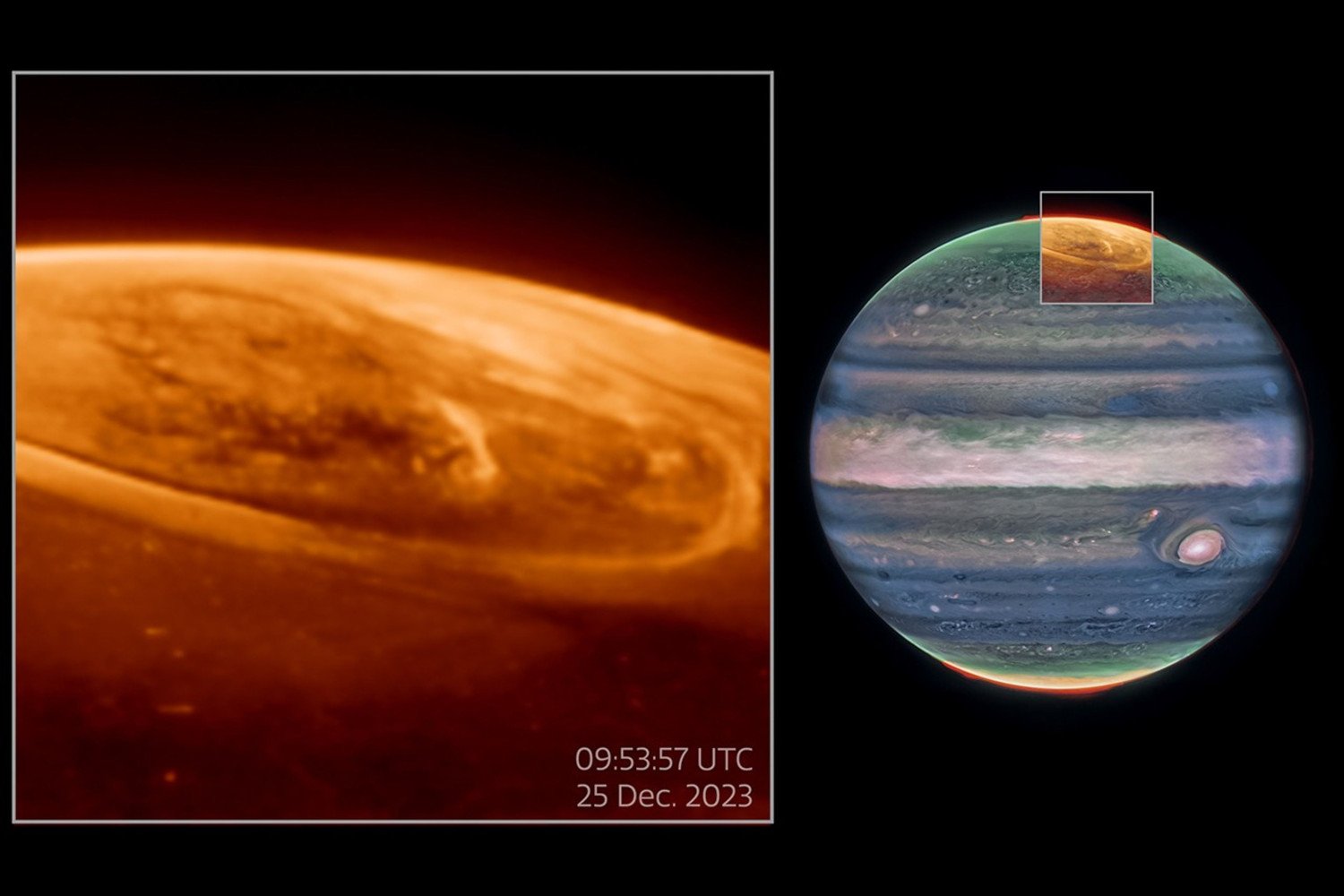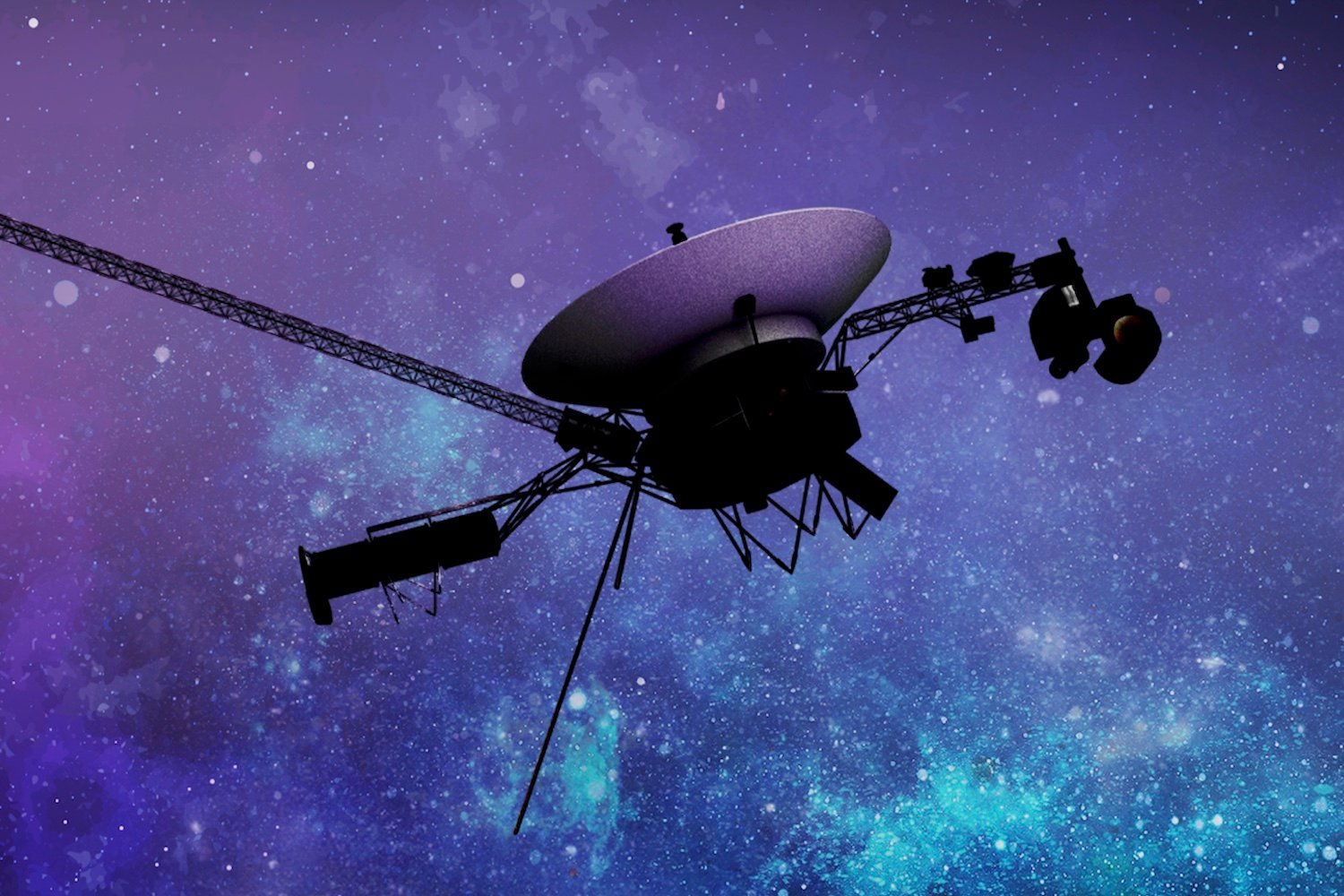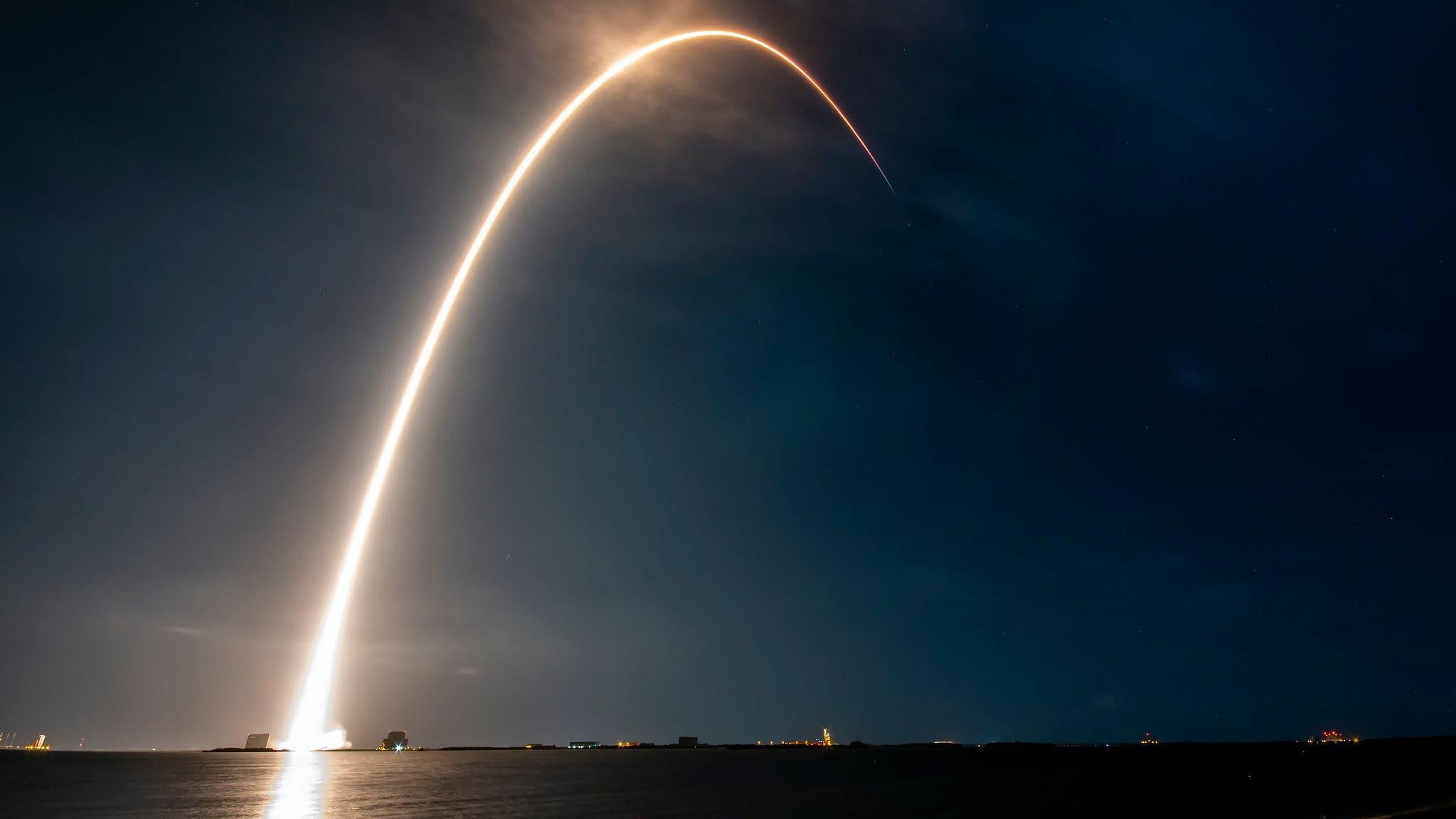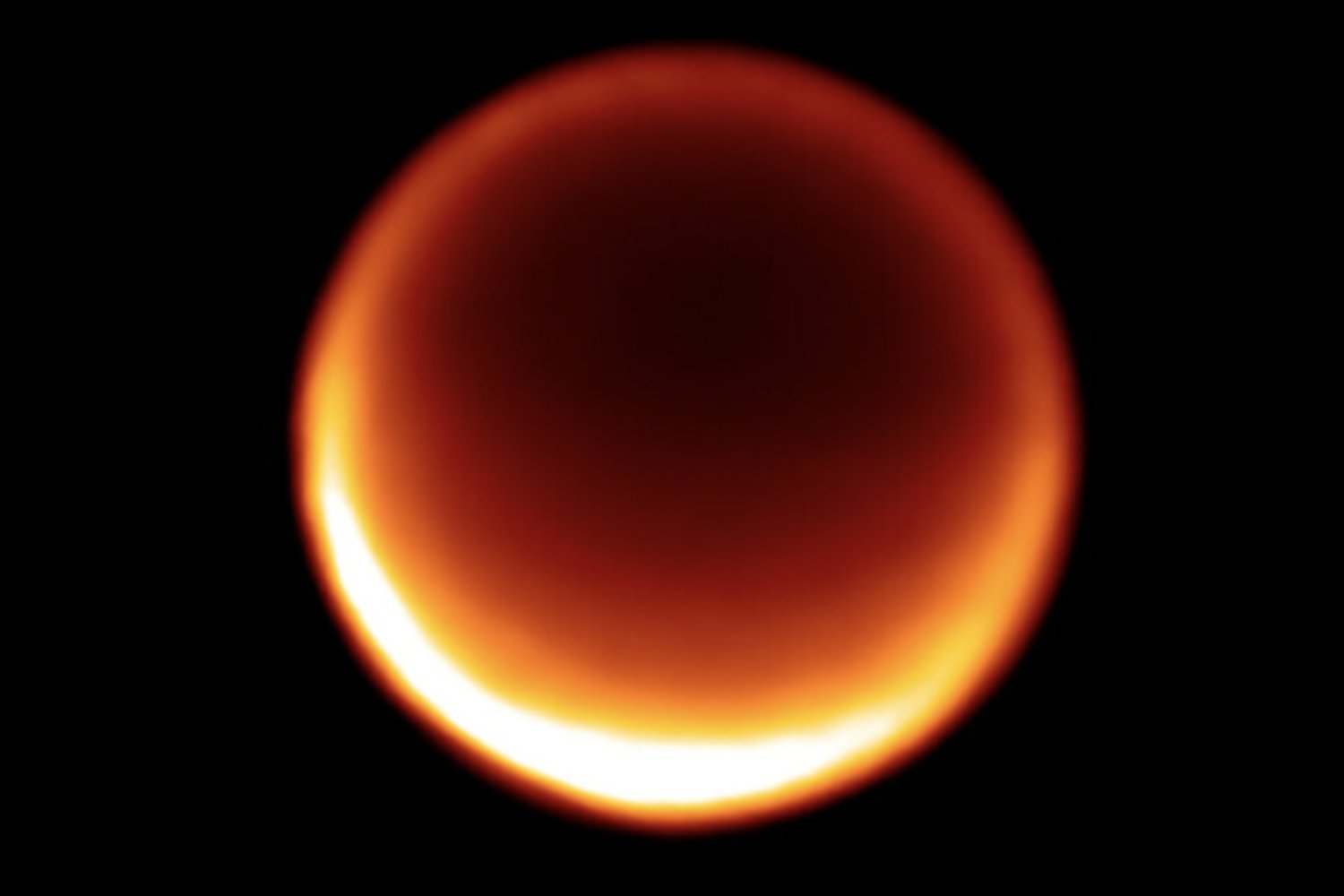The long-awaited reentry of Kosmos 482, a failed Soviet Venus mission, finally occurred on Saturday, May 10, 2025, concluding its 53-year unintended orbit around Earth. While various space agencies tracked the spacecraft’s descent, the exact location of its final resting place remains uncertain due to conflicting reports.
Kosmos 482’s uncontrolled reentry occurred around 2:24 a.m. ET, according to Roscosmos, the Russian space agency. Designed to endure the extreme temperatures of Venus, the robust Soviet-era probe likely survived at least partially through Earth’s atmospheric reentry. However, no eyewitness accounts of the descent or debris recovery have been reported.
Roscosmos pinpointed the splashdown zone in the Indian Ocean, approximately 350 miles (560 kilometers) west of Middle Andaman Island, west of Jakarta, Indonesia. The European Space Agency (ESA), also monitoring the reentry, estimated the time at 2:16 a.m. ET. ESA’s failure to observe the spacecraft over Germany during a predicted pass at 3:32 a.m. ET suggested that reentry had already happened. Conversely, the U.S. Space Force placed the reentry between 1:20 a.m. and 1:44 a.m. ET.
The discrepancy in reentry times complicates determining the precise landing location. Traveling at approximately 17,500 miles per hour (28,000 kilometers per hour), even a one-second difference significantly alters the potential impact zone.
Launched on March 31, 1972, from the Baikonur Cosmodrome in present-day Kazakhstan, Kosmos 482 was intended to explore Venus. However, a malfunction prevented the spacecraft from achieving the necessary velocity for a Venus transfer trajectory. According to NASA, an engine burn failed to propel Kosmos 482 toward its intended destination, leaving it trapped in an elliptical Earth orbit. Over time, atmospheric drag gradually lowered its altitude, ultimately leading to its reentry.
Following the failed Venus mission, the spacecraft fragmented into four pieces. Two smaller fragments reentered Earth’s atmosphere over Ashburton, New Zealand, two days after launch. The remaining components, a carrier bus and a lander probe combined into a spherical pressure vessel weighing over 1,000 pounds (495 kilograms), continued orbiting Earth. The probe was equipped with a 27-square-foot (2.5-square-meter) parachute designed for a Venusian descent. Recent images of Kosmos 482 suggested the parachute might still be attached and possibly deployed in orbit, although its effectiveness during Earth reentry is doubtful.
The reentry of Kosmos 482 marks the end of its decades-long unintended journey around Earth. However, the spacecraft’s final fate remains a mystery. Whether it rests intact on the ocean floor or disintegrated during its delayed and unplanned descent to the wrong planet remains unknown. The mystery surrounding Kosmos 482 adds to the fascinating history of space exploration and its occasional unintended consequences.





